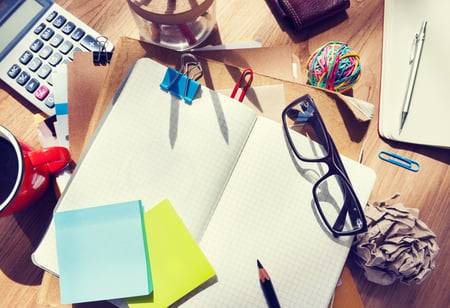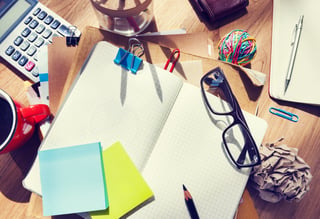
Graphic designers are often considered the bridge between company and client. They can transform remarkable content into visuals across various print and digital mediums, with the mission of catching the eyes of your prospective customers. While the artist is certainly not only as good as his/her tools, it doesn’t hurt to set your designer up with some of the following essentials to carry out their creative visions for your content.
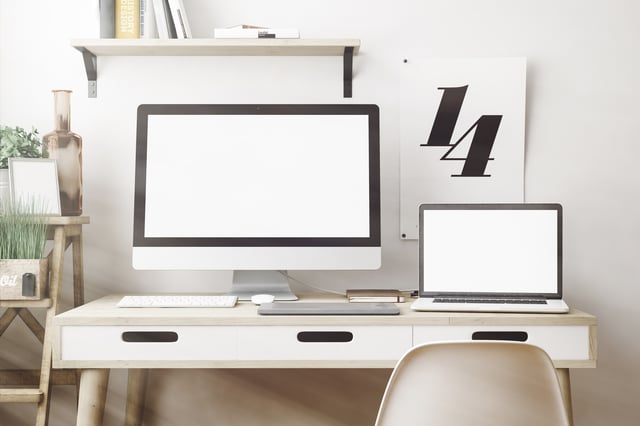
1. iMac/MacBook
While working in a visual industry, your designer needs a computer that is easy to use and capable of delivering a crisp, clean display. Apple’s line of desktop and laptop computers are the perfect tools to have in your designer’s arsenal. The iMac and line of MacBooks have a history of setting the standard for high-quality tools for those in the creative industry. Ultimately, it comes down to preference when deciding on which model works best for your designer and your company.
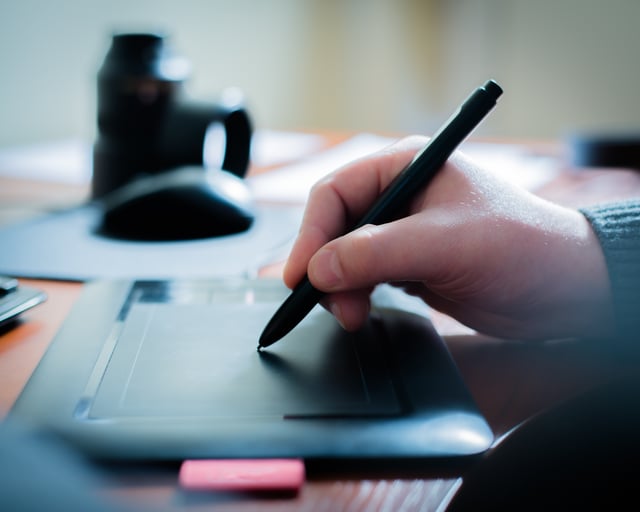
2. Digital Tablet
It doesn’t matter if your designer has strong skills in drawing or not, having a tablet makes the designing process easier overall. Whether they're for normal operation or being used within design software, tablets allow for a more intuitive workflow. They are also an essential tool when it comes to digital and vector illustration. There are a number of different types and sizes, with or without a stylus. Wacom is a recommended brand to look into, being a leading maker of tablets for artists, designers, and enthusiasts alike.
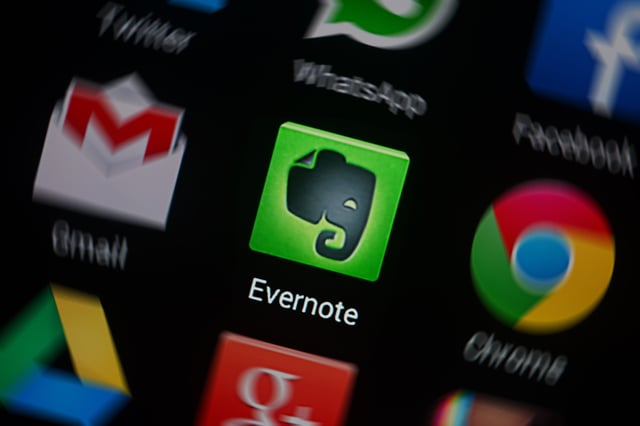
3. Evernote
The equivalent of a collection of digital sticky notes, Evernote can help your designer keep track of all of their project notes and maintain their sanity. They can organize all of their content in one place by date, client, or however else your designer chooses. All of their notes will sync automatically, and can be accessed at any time and any place. Despite how easy it is to use Evernote, there's still no shame in staying faithful to the traditional sticky note.
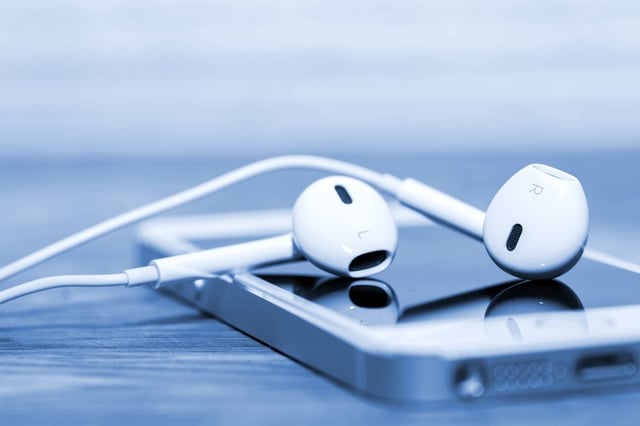
4. Music
Depending on where your designer is working, noise can become a distraction and cause him/her to lose their train of thought. Sometimes turning up the music and tapping into those creative vibes can make all the difference in the work environment. There are a number of ways your designer can get access to their tunes: they can pull up their personal music library from their devices or sign in to internet music services like Pandora, SoundCloud or Spotify. If you work in a setting where silence is a requirement, a good set of headphones is the answer.

5. Snacks
Churning out one awesome design after another can sometimes be draining. It’s good to have a stockpile of brain fuel accessible for whenever your designer needs to recharge or tame their hunger. Post a grocery list in the office for any snack requests, and make that trip to the store every few weeks to keep the pantry filled. Based on experience, Red Bull can work wonders during the afternoon when their eyelids start to droop. Keeping your designer fueled-up can make all the difference, and prevent them from having a dreaded creative breakdown.

6. Time-tracker
Clients want to be sure that their projects are being completed in a reasonable amount of time. Tracking time can help your designer stay on schedule and assure that your money is not going out the window. There are a number of ways you can track your designer’s time. The traditional way of looking at the clock is still relevant, but now there are more efficient web applications that can make the whole process easier. Teamwork Timer is an excellent tracking tool that can connect with your content management system, and allows you to keep track of multiple projects at once.
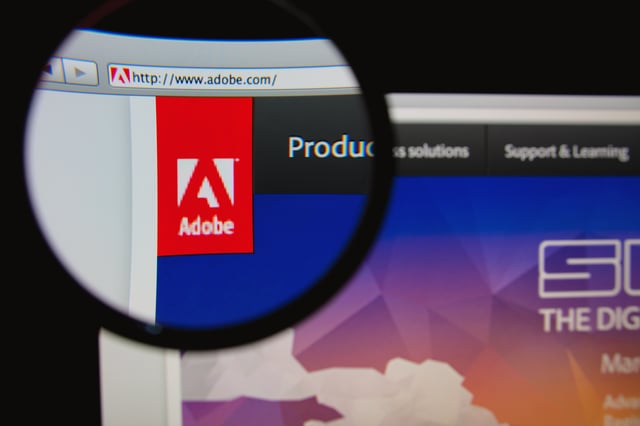
7. Adobe Creative Suite
One of the most important items on this list, the Adobe Creative Suite is the rock upon which your designer builds his/her creative empire. Adobe is perhaps the leading force in the design world. Their Creative Suite now comes as a subscription where your designer can access all of the powerful applications in its arsenal, like Photoshop, Illustrator, and Indesign. From print and layout design, photography editing, web design, and video editing among other things, the Creative Suite covers all of your designer’s needs and desires.
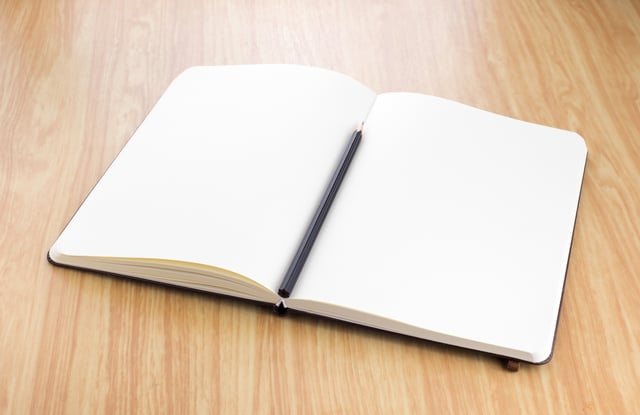
8. Sketchbook
Even though we live in the age of digital gadgetry, it’s always helpful to take a step back and put pencil to paper. Brainstorming, sketching out ideas, mocking up designs, it’s all about making connections and developing ideas to their fullest potential. It’s always good to have a sketchbook at all times for whenever inspiration happens to strike. There are a variety of different sizes and brands of sketchbooks out there. Maybe your designer might prefer the typical spiral-bound sketchbooks, perhaps from brands like Canson or Strathmore. Other brands like Moleskine and Field Notes provide high-quality materials that come in various sizes, which can be easier to handle when on the go.
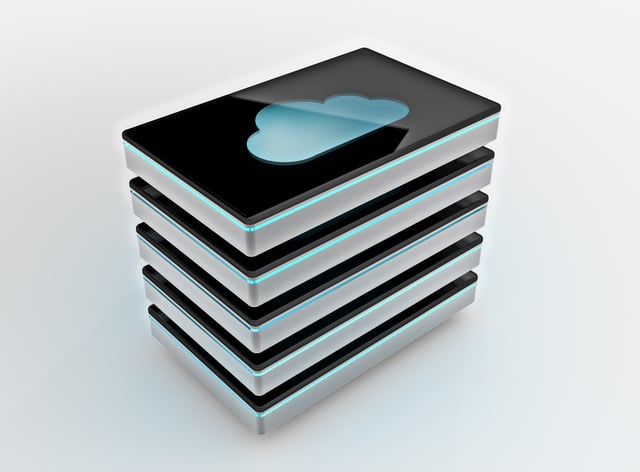
9. Data Storage
It happens all the time. A designer will be in the middle of working on an awesome piece when all of a sudden the program quits itself. It’s important that your designer invests in a reliable source of data storage so that they can back up all of their work in one place. If your company does not have a main server where all content is gathered, there are many different alternatives your designer could choose. Portable and desktop hard drives are a secure way to save data if they like having something tangible to work with. Cloud storage is a more recent trend, however, where all of your content is stored on the internet. Tools like Dropbox and Google Drive are perfect if your designer wants to be able to access their files anywhere.

10. Inspiration
The field of graphic design is constantly evolving. Styles come and go, and sometimes it’s hard to keep track of it all. Magazines like Print, HOW Design, and Computer Arts are good sources for design trends that are gaining traction now. There are plenty of books out there covering theories and techniques that can help your designer further develop their skills. Pinterest is a great site for them to spend time on, where they can find endless inspiration and see what other designers are producing.
The tools certainly do not make the artist, but setting up your designer with the right materials can ensure that your marketing is on a path to creative success. Of course this is not an expansive list, there are many tools out there that can help the design process. We just hope that you have a better understanding of what essential tools your designer uses to transform remarkable content into stunning visuals for your audience to enjoy.
If your talented creative department is stocked with the essentials but you want to check if your company is receiving brand recognition, click below for a free assessment on the effectiveness of your company’s logo.

